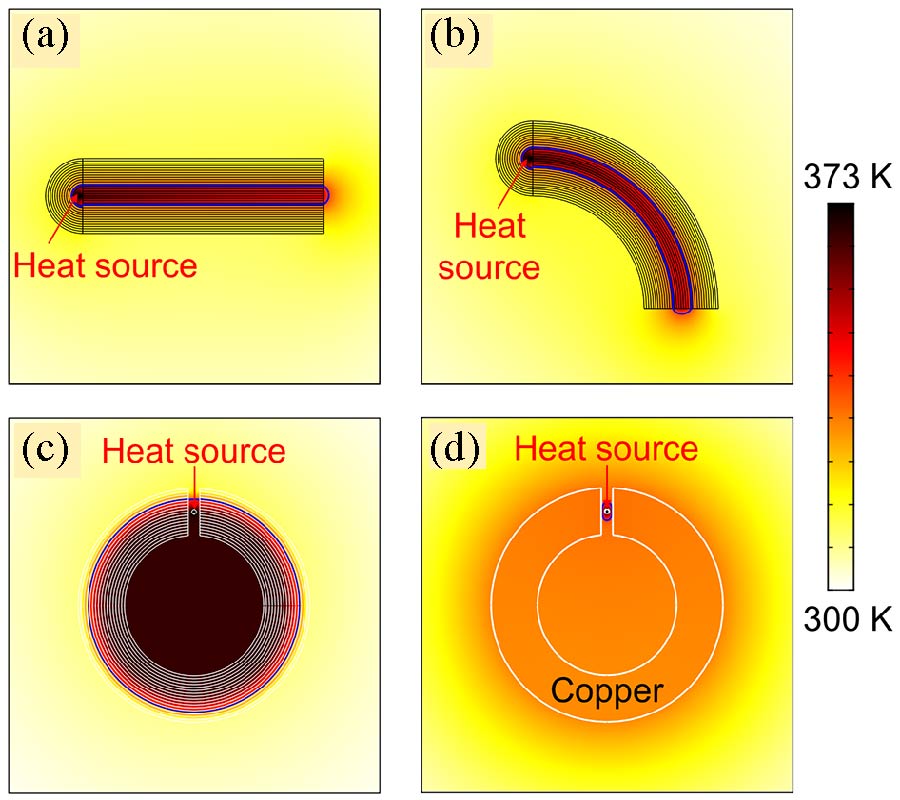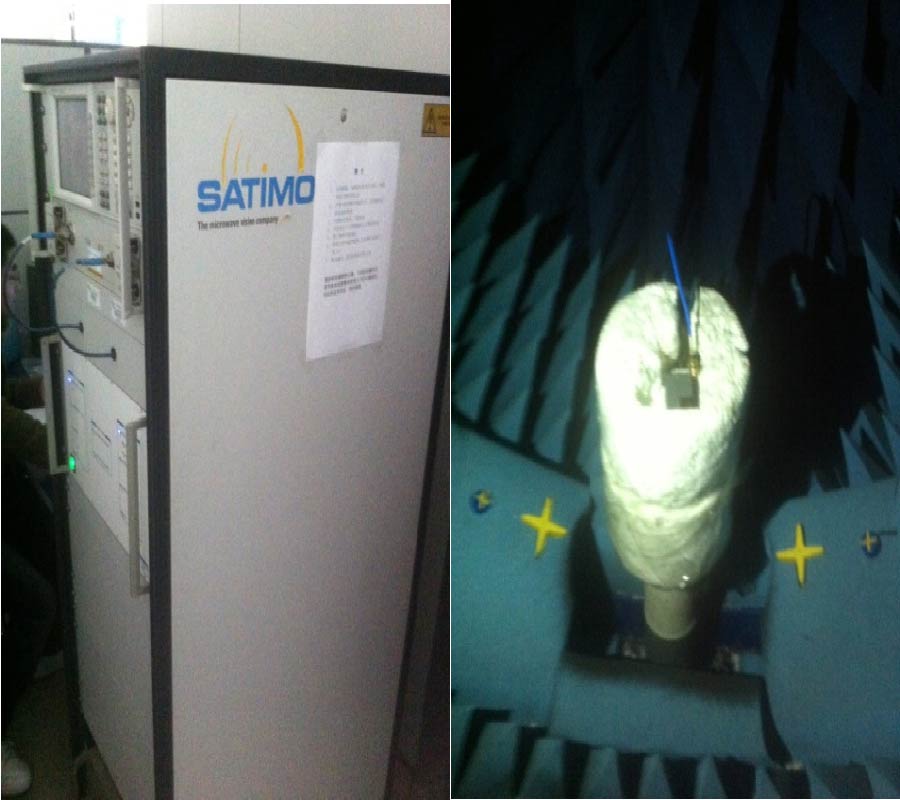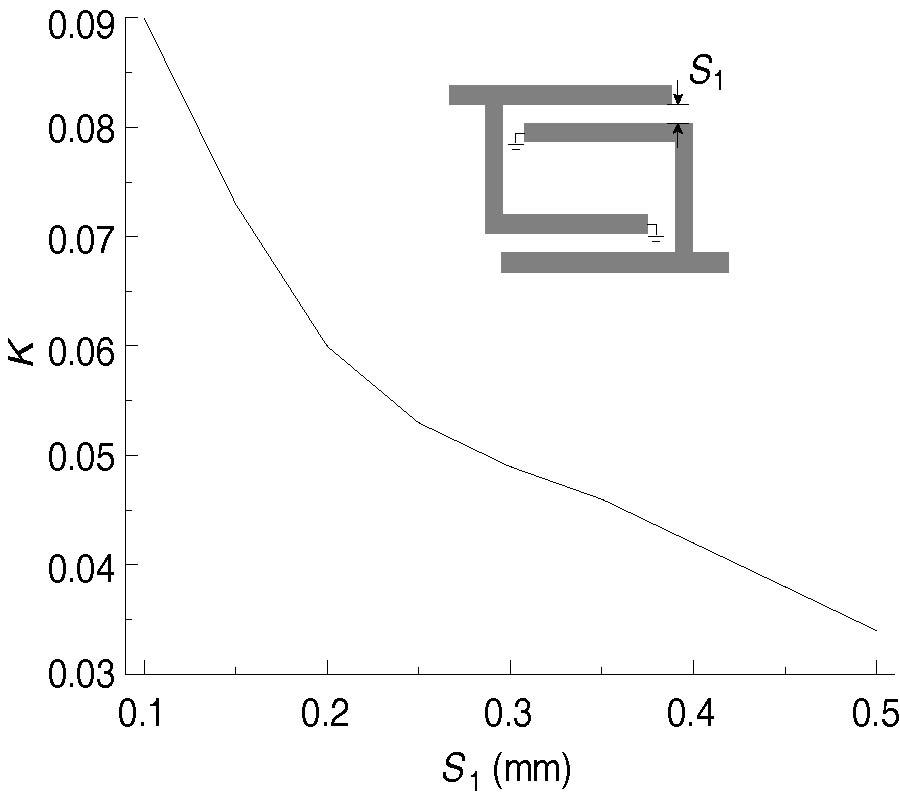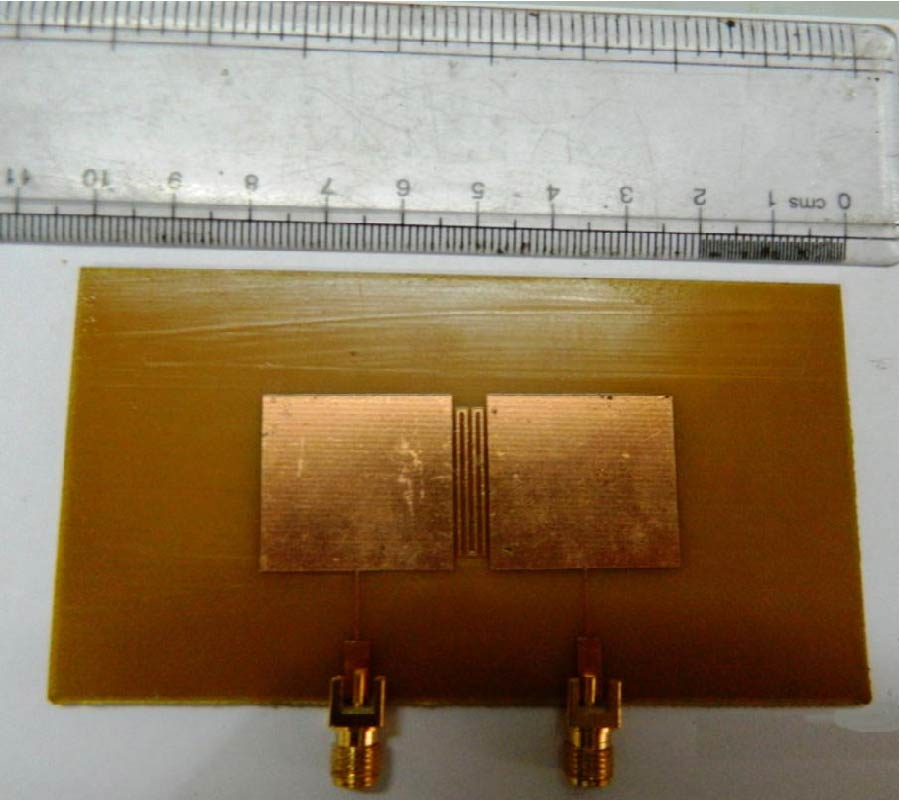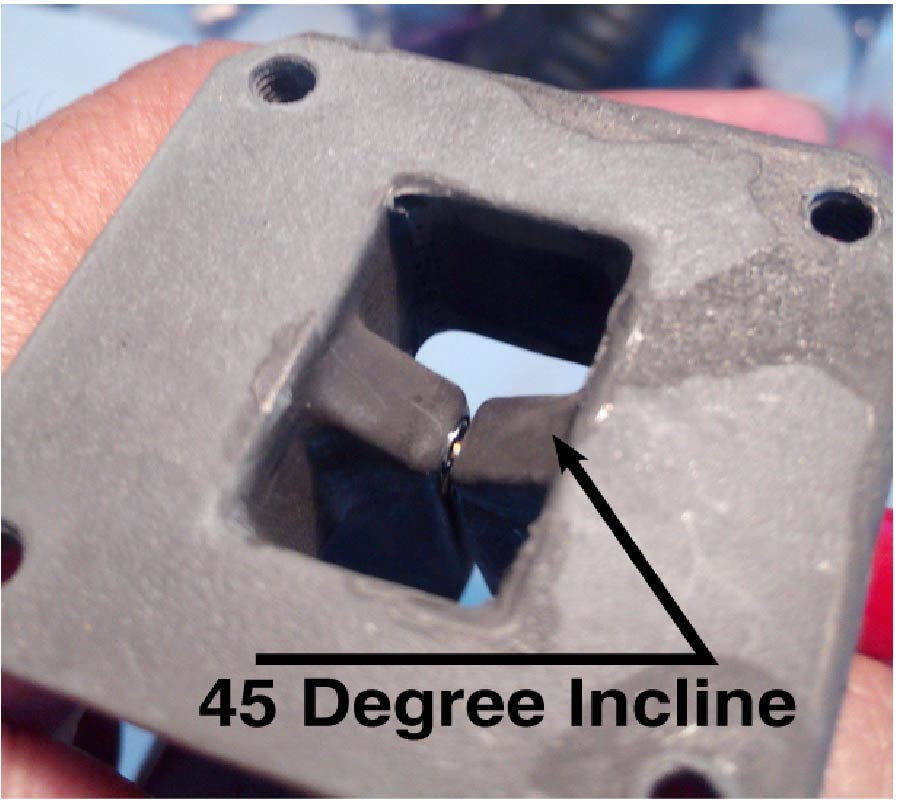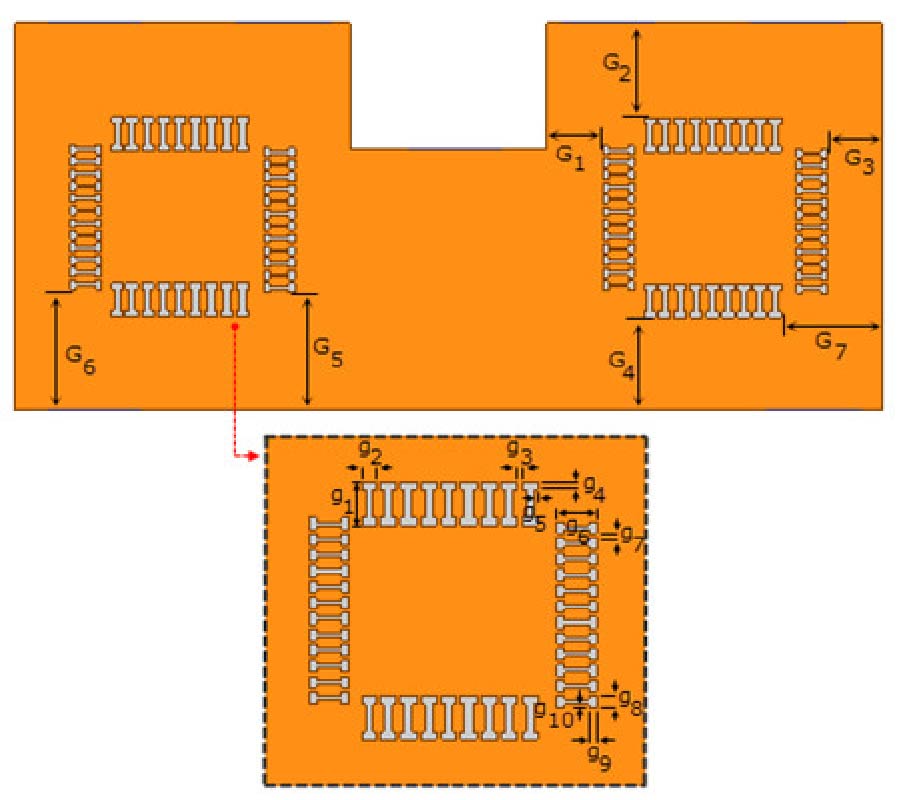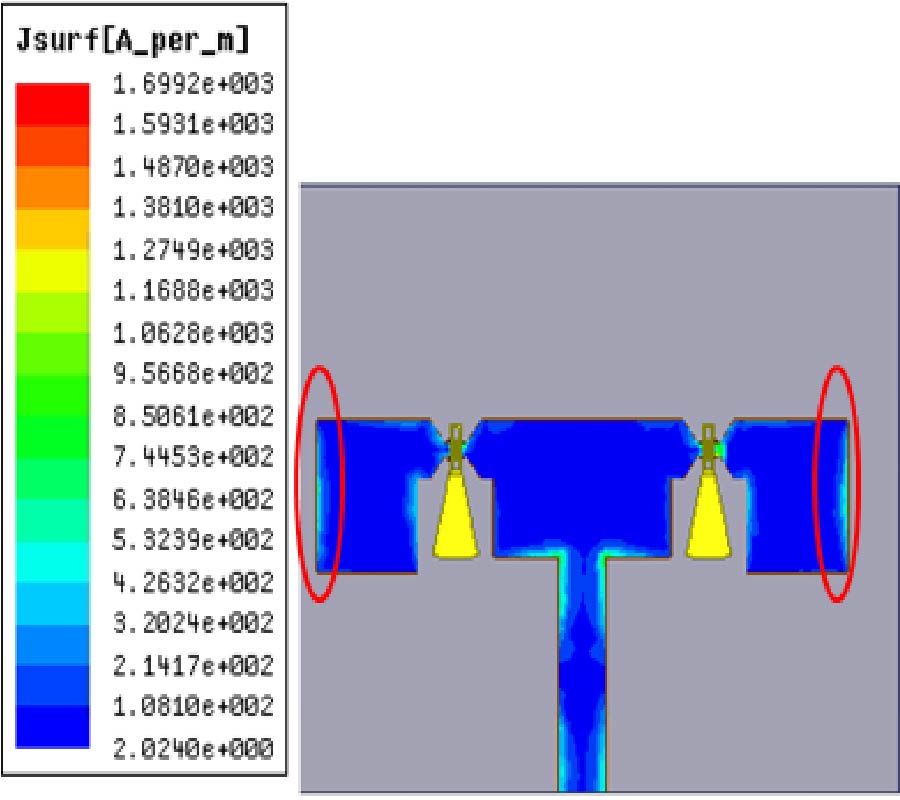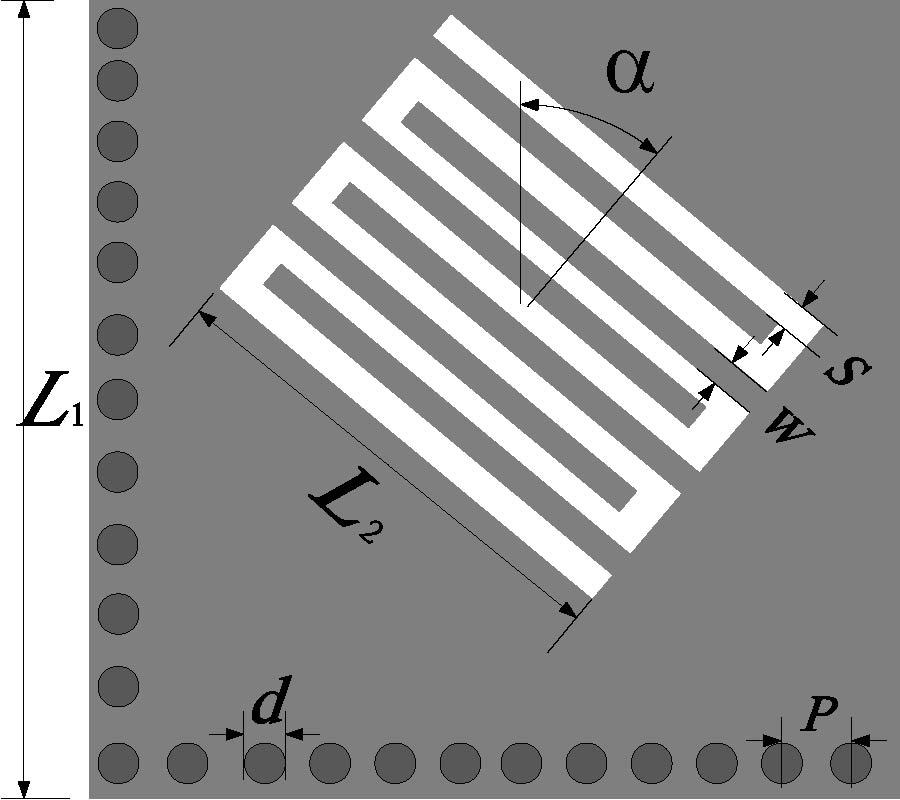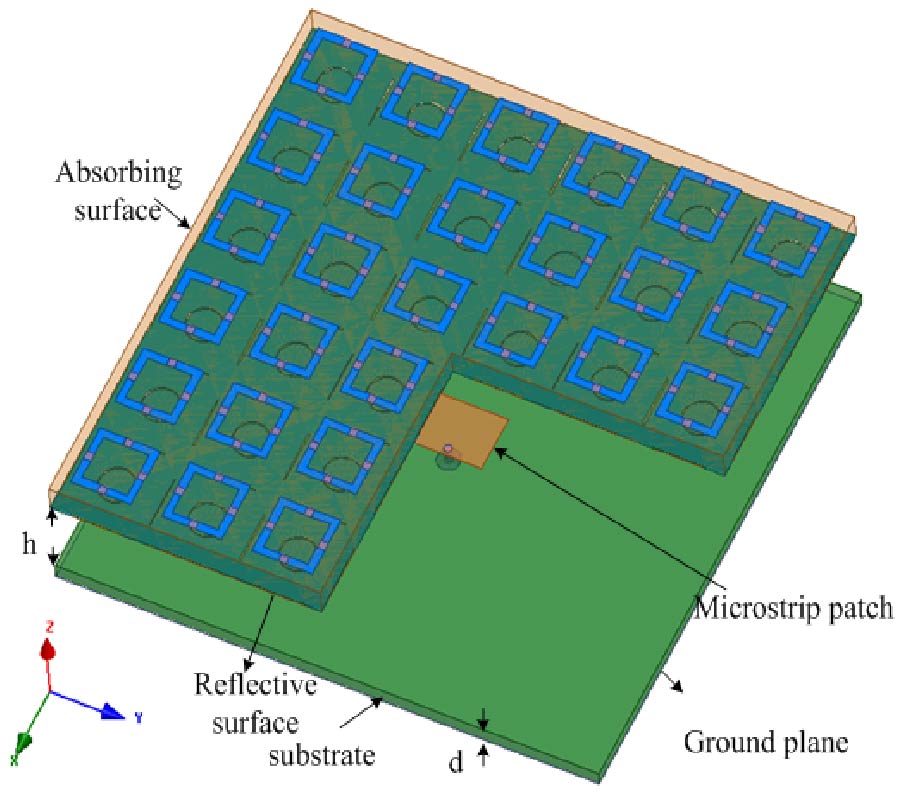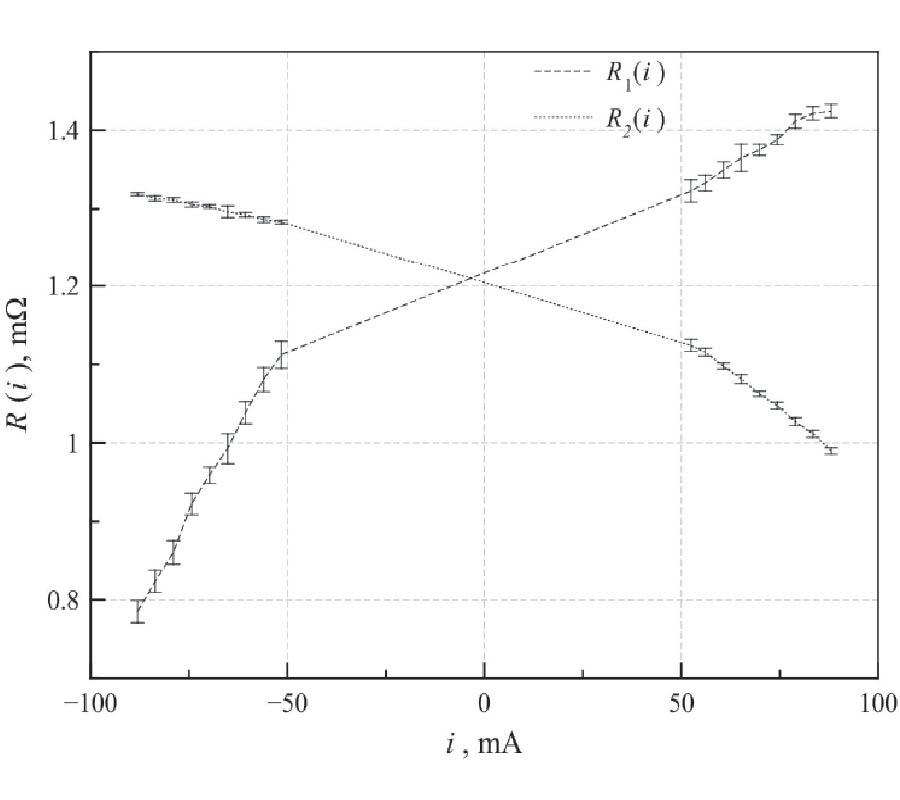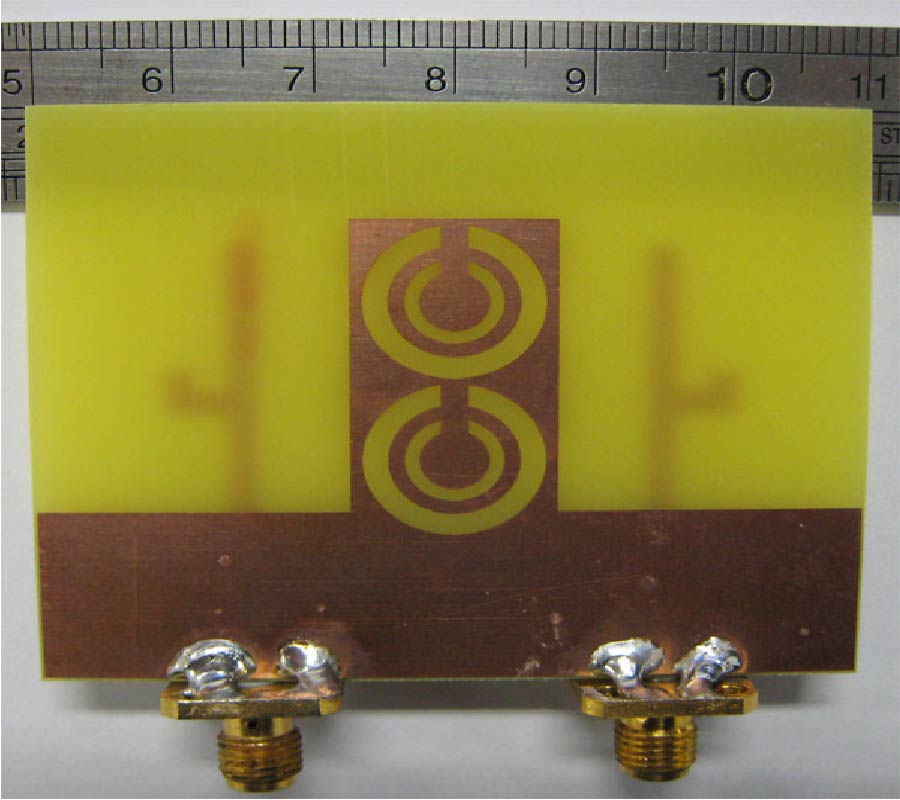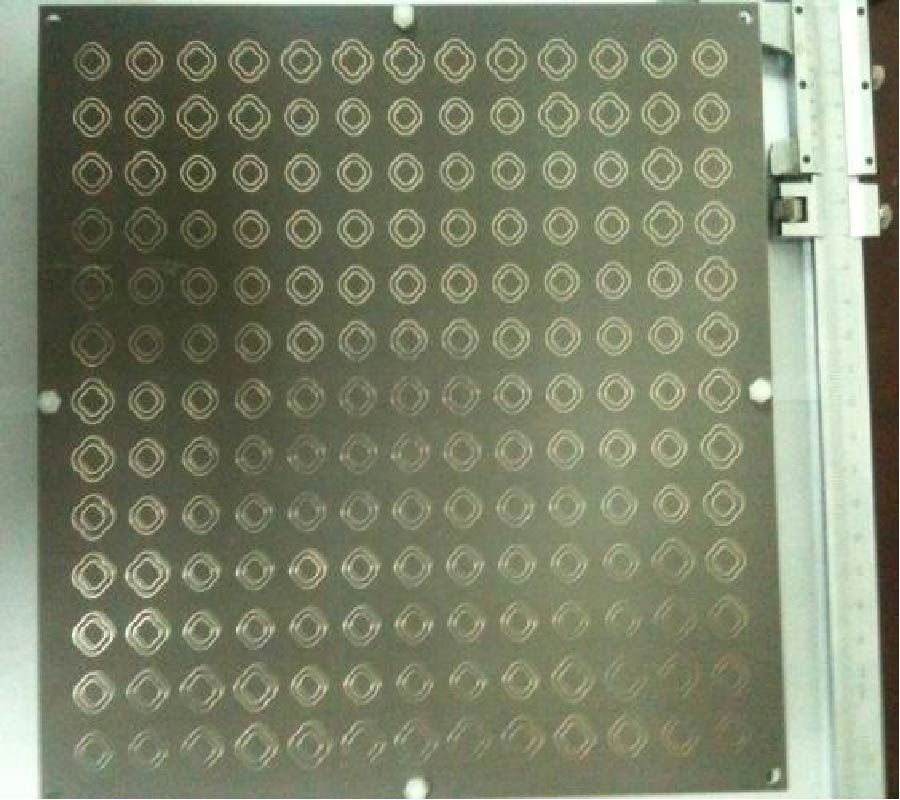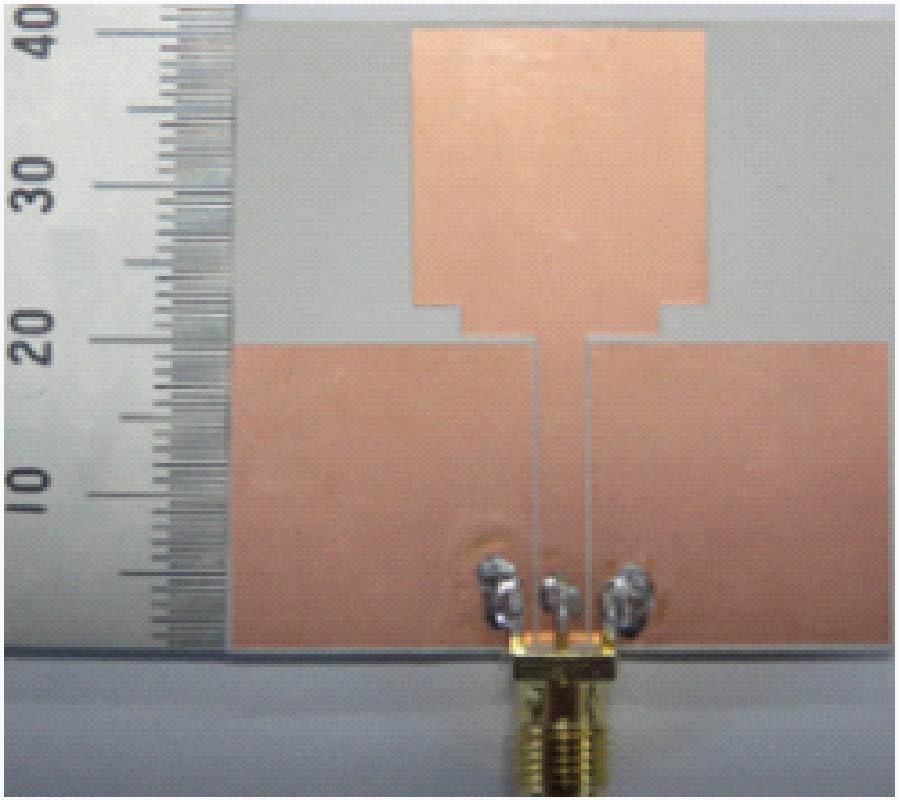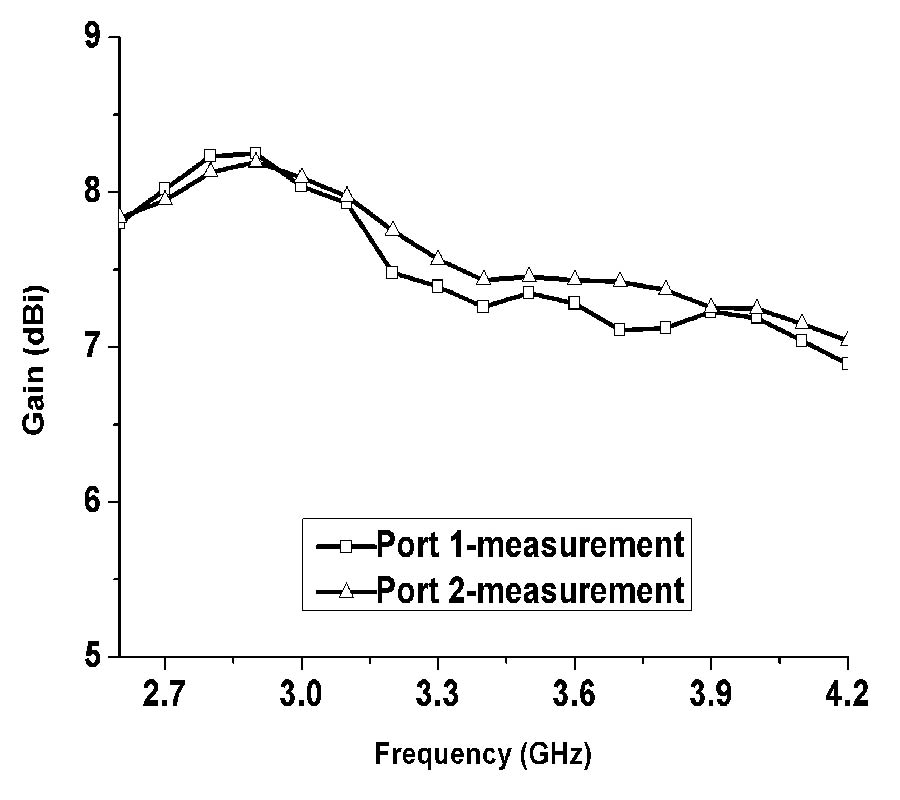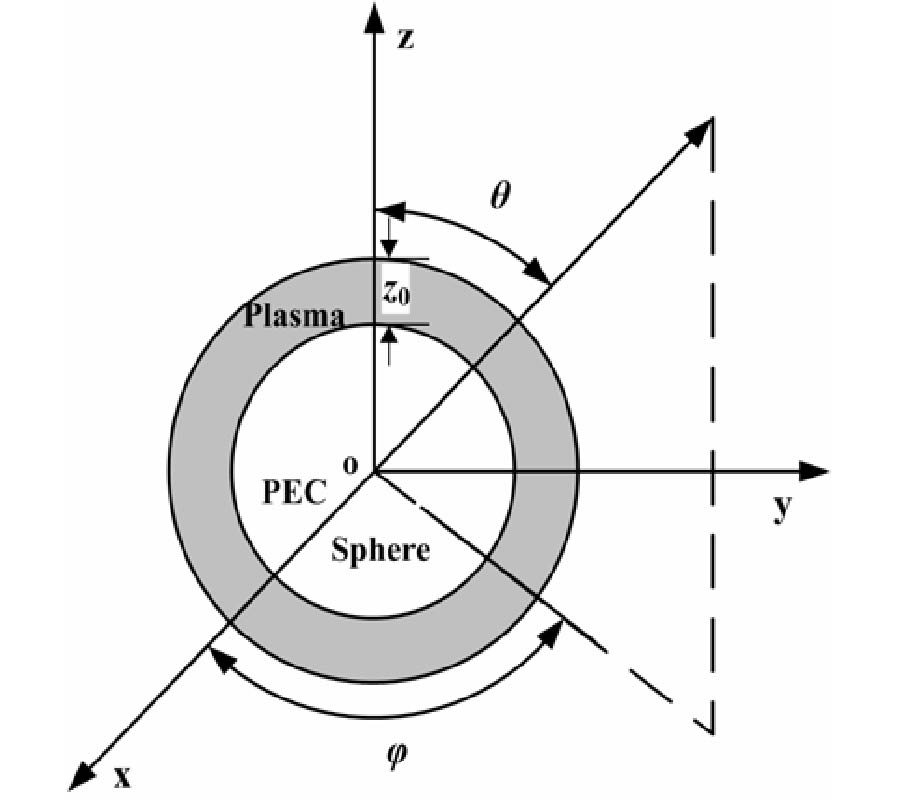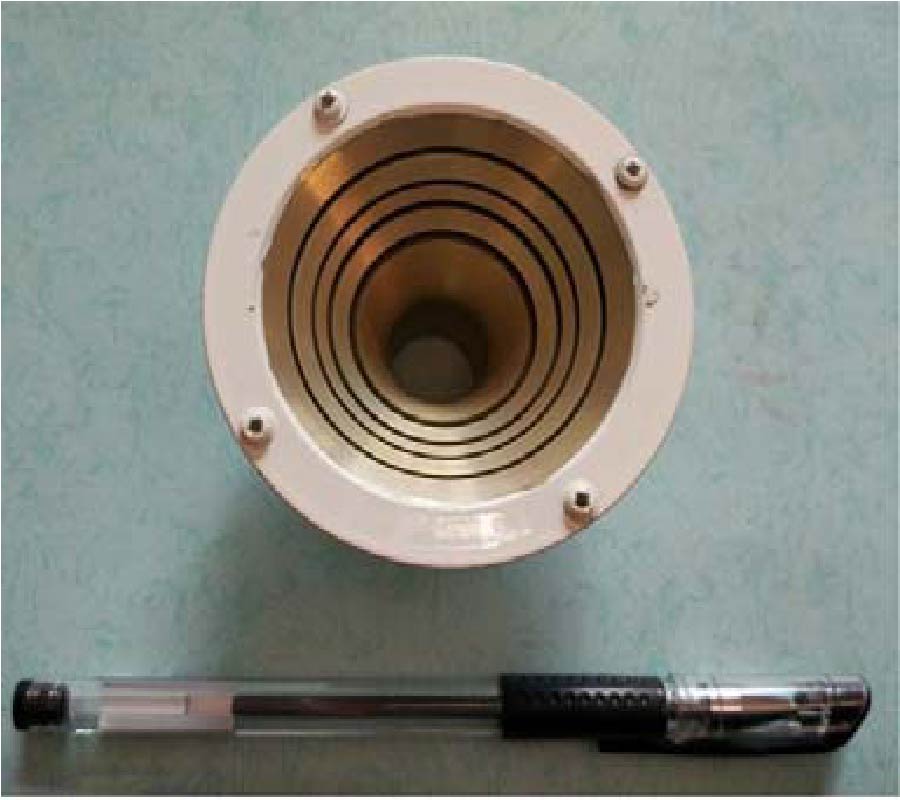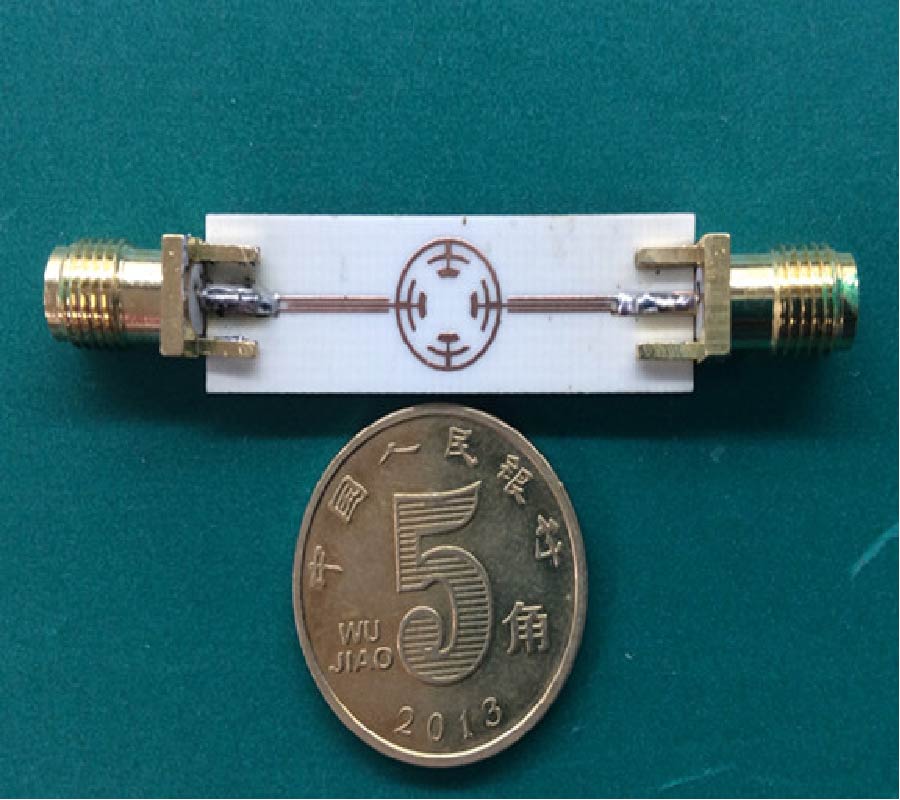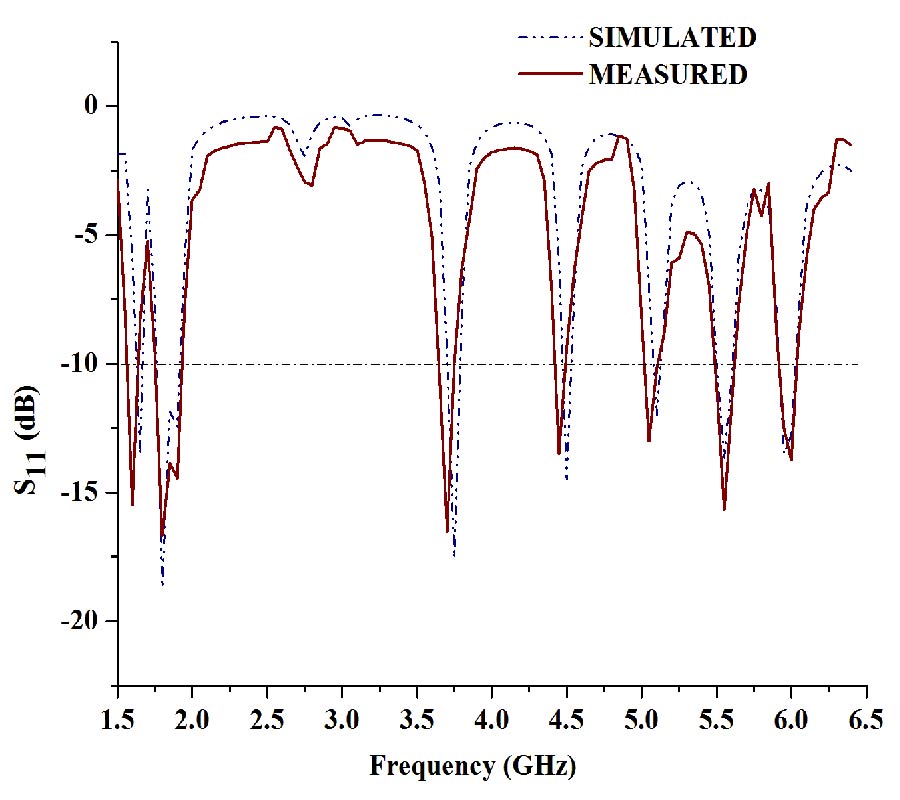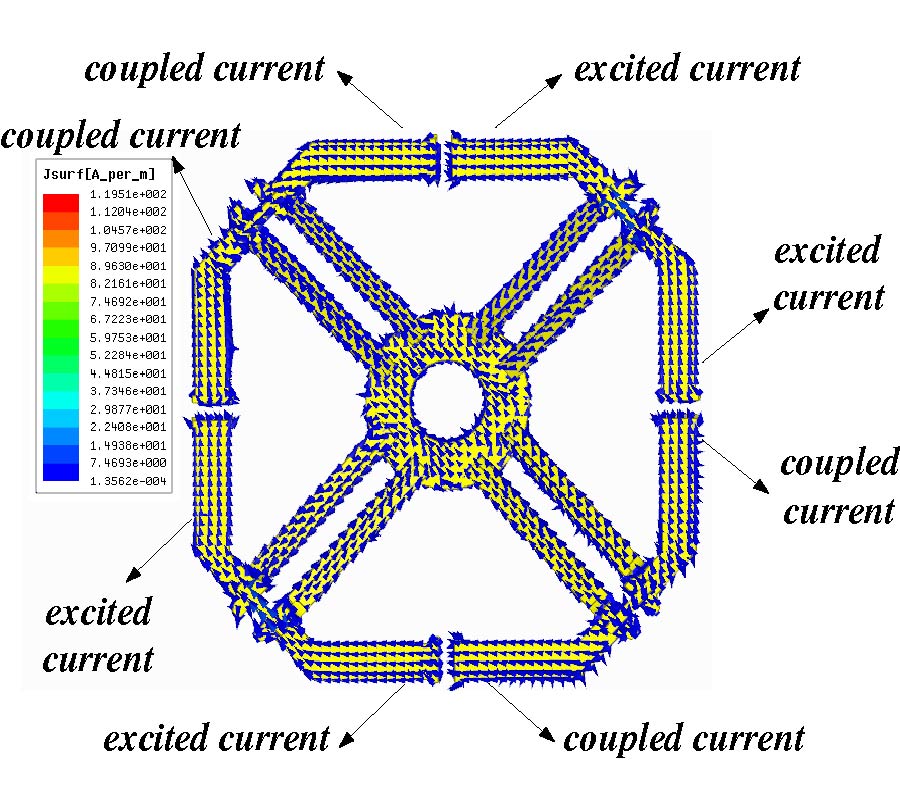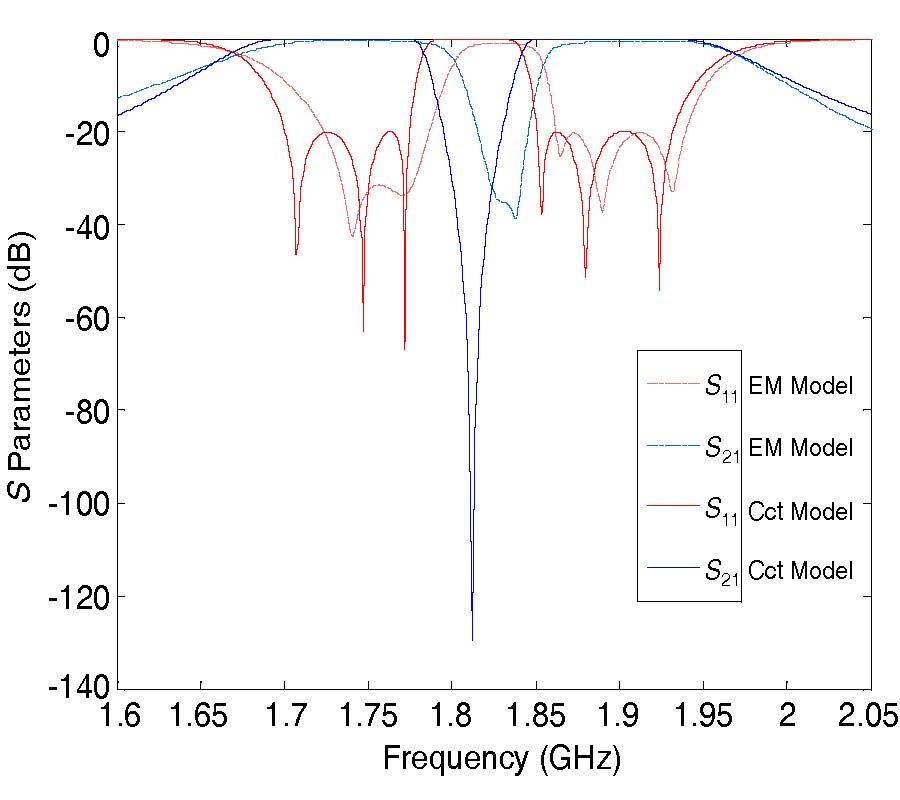Ka-Band Radiation Pattern Reconfigurable Antenna Based on Microstrip MEMS Switches
Zhongliang Deng,
Jun Gan,
Hao Wei,
Hua Gong and
Xubing Guo
This paper presents the use of micro-electromechanical systems (MEMS) switches to realize the radiation pattern reconfiguration of microstrip antenna, which works in Ka-band. The antenna was fabricated on a silicon substrate and designed to reconfigure radiation pattern at the operation frequency of 35 GHz. The simulation results show that by controlling the states of MEMS switches between the driven element and two parasitic elements, the antenna can achieve reconfigure into three maximum radiation directions in the H-plane (θ=0°, ψ=90°, θ=14°, ψ=90°, and θ=-14°, ψ=90°, respectively). The measured maximum radiation directions of modes-1, modes-2, modes-3, modes-4 are θ=17°, -25°, 3.5°,0.7° and gains of four modes at the maximum radiation direction are 5.78 dBi, 6.49 dBi, 7.24 dBi, 6.31 dBi, respectively. The measured results are closely consistent with the simulation ones. The proposed antenna can be applied to satellite communication.
